Original|Odaily
Author|Lucaskog
Editor|Qin Xiaofeng

As Bitcoin’s user base continues to expand, network congestion, transaction delays, and transaction fees have skyrocketed. Especially in the second half of last year, the Inscription track exploded, and the Gas on the Bitcoin chain soared, once reaching 600+.
In order to solve the scalability problem of Bitcoin, the second layer network (Layer 2) came into being, but it is still in its early stages. Odaily has taken stock of three BTC Layer 2 projects that are expected to issue coins: B² Network, Merlin Chain and BEVM, and will guide you step by step.

Preparation before participating
To receive Bitcoin test coins: Enter the Unisat or OKX wallet, switch the network to the test network, open the Lingshui website and enter the test network wallet address to obtain the test tokens:coinfaucet(If you give more, you will receive it every 12 hours),bitcoinfaucet(You can collect it multiple times, but the quantity is very small),beyondfaucet(Not very stable).
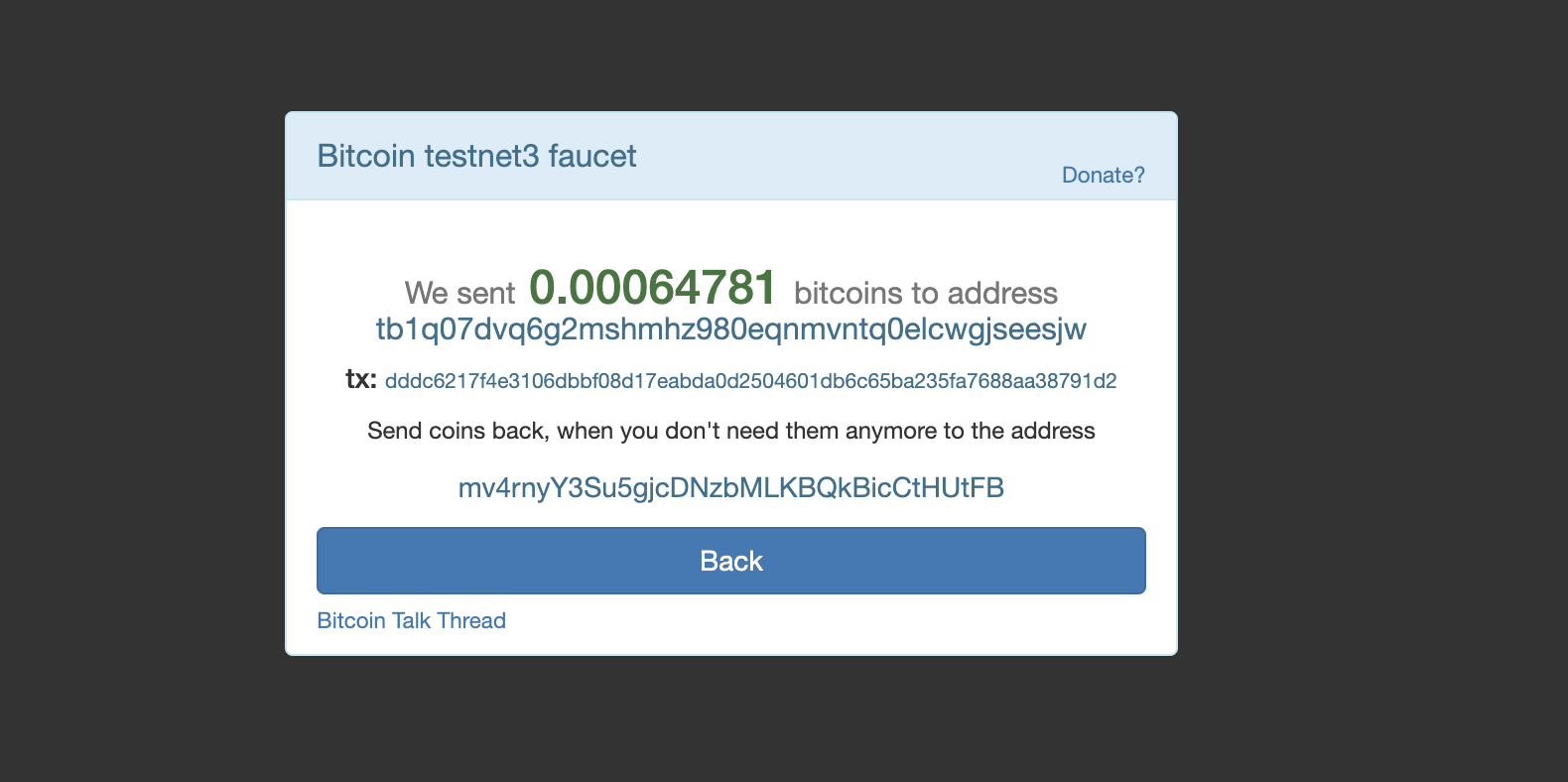

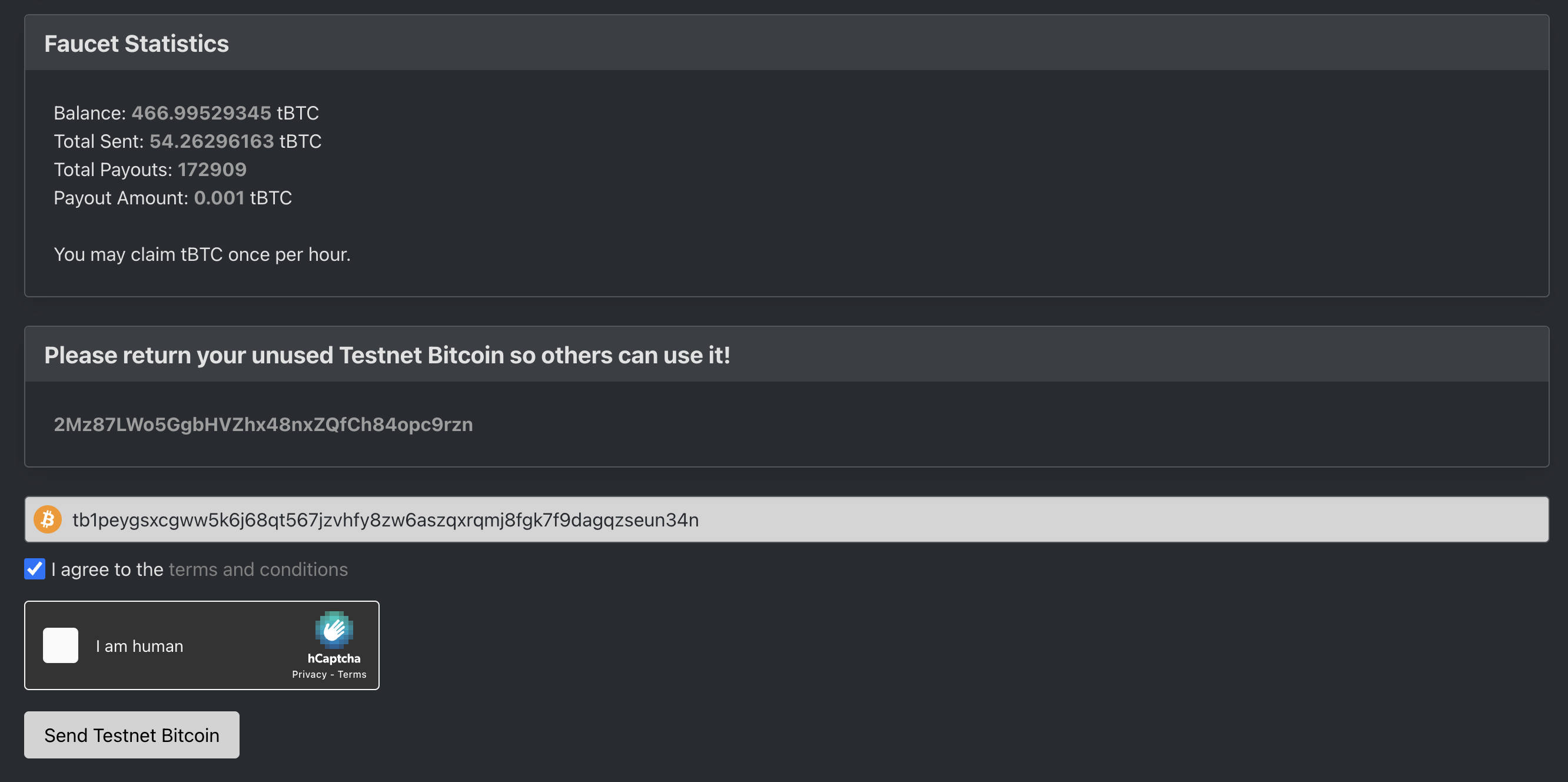
EVM test currency collection: Method 1, enterfaucetTo receive USDC, fill in the EVM address and you will receive the test coins; method 2, inMesonGet it online as follows:

BSquared Network
B² Network, led by HashKey Capital, OKX Venture, and Water Drop Capital, has officially stated that 10% of the token rewards will be used to incentivize early users, of which 5% will be mining rewards and the other 5% will be in the form of airdrops issued.
B² Network is divided into two layers for verification: One layer is the Rollup Layer in B² Network, which uses ZK-Rollup to execute user transactions and generate relevant certificates. User transactions and states are stored in the ZK-Rollup layer, and batch proposals and generated zero-knowledge proofs are transferred to the data availability layer for storage and verification. The other layer is the data availability layer, which includes decentralized storage, B² nodes and the Bitcoin network. The B² node has multiple modules, including the incentive mechanism, verification module, sequencer and Bitcoin submitter module.
Decentralized storage is the repository of ZK-Rollup user data and certificates, which improves security and data reliability through decentralized storage. They respectively ensure the accuracy of data storage, accuracy and efficiency of verified transactions and state generation, decentralization and data security. The Bitcoin network is the final settlement layer of the B² Network, allowing users to audit all B² volume transactions and verify their authenticity using proofs on Bitcoin. The entire process relies on Bitcoin’s proof-of-work algorithm to ensure the security of the B² Network.

Participate in the process
(1) Participatebsquared Odyssey
The official has launched a points system. In the future, it will be possible to use points to measure the number of airdrops. By participating in Odyssey and completing corresponding basic tasks, cross-chain interactions, and friend invitations, you can receive point rewards.
The cross-chain of the Odyssey task is from the BTC test network to the B² Network, which is a layer 1 interaction. Just link the Unisat and Xverse wallets from the page and transfer the test coins received across the chain.
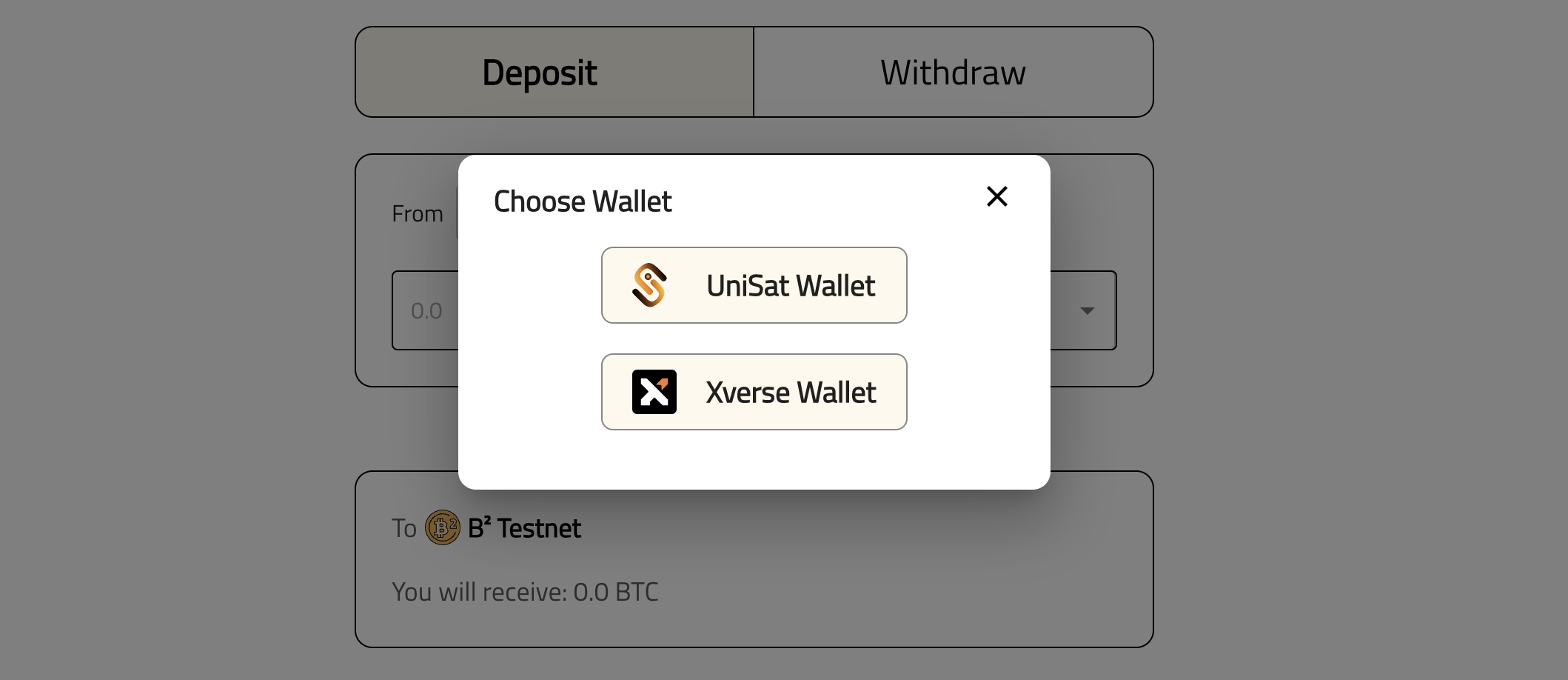
For the Odyssey event jointly held by BSquared and Meson, enter the Meson official website, connect to the EVM wallet, choose a test network, and cross-chain the test coins you received to the B² test network to earn points.

(2) Participate in B² Buzz
B² Network launchesBuzz Campaign, users will receive a certain number of parts by depositing one of the cryptocurrency assets in Bitcoin, ORDI, SATS in BRC-20, wBTC, USDT and USDC on Ethereum, BTCB, FDUSD and Matic on the BNB chain. Used to assemble mining equipment to mine B² native tokens (mining machine refers to the virtual mining machine used to mine B² native tokens as rewards). The pledged assets can be withdrawn in April. The event simulates BTC original ecological mining, and the reward output is halved every month. Production follows a schedule of 2.5% for the first month, 1.25% for the second, 0.625% for the third, and so on.
In essence, this is a team invitation event. Players enter the team through the invitation code. The more assets pledged in the team (the assets are BTC as an example), the better the parts obtained and the faster the mining speed. By holding the core assets of the Bitcoin ecosystem, users can also obtain airdrops of accessories, such as ORDI, Atom, Sats, Rats, etc.
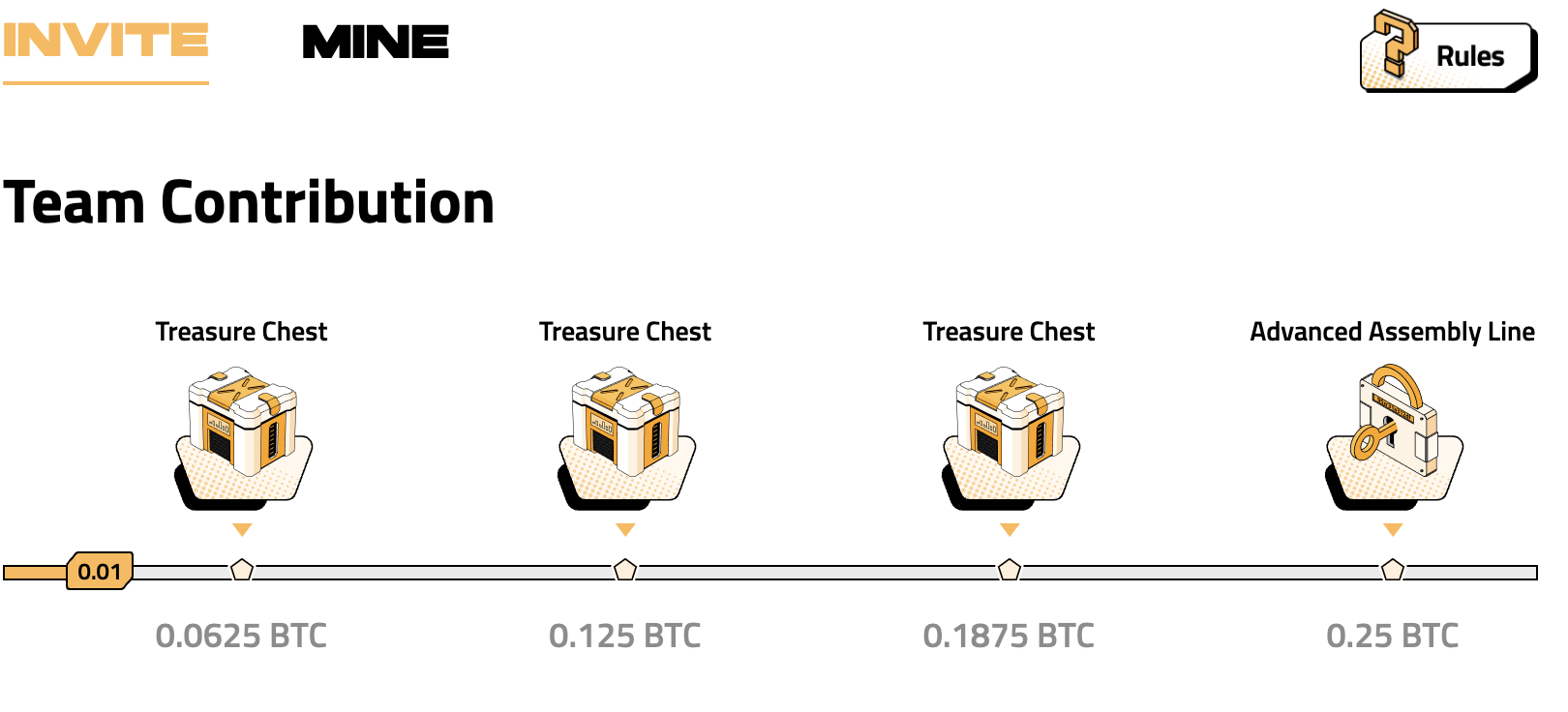
Merlin Chain
Merlin Chain is the second layer of Bitcoin built by the BRC 420 team. It is not difficult to see from the recent increases in BRC 420 and Bitmap that Merlin Chain is a good potential opportunity. The official stated clearly that a fair launch of the largest Layer will be launched, and points can be obtained by participating in the gas consumption.
Merlin chain uses ZK-Rollup to compress a large number of transaction proofs into a simple checksum to improve transaction efficiency and scalability. The sequencer node on the Merlin Chain is responsible for collecting and batching transactions, generating compressed transaction data, ZK state roots, and attestation via zkEVM. The compressed transaction data and ZK proofs are then uploaded to Taproot on Bitcoin L1 via the decentralized Oracle network. This Taproot is available to the entire network to ensure transparency and security. Currently, Merlin Chain has connected 40 EVM chains. Merlin Chain will integrate the first multi-chain Inscription DApp, allowing users to mint assets on other layers on Merlin Chain, including Bitcoin L1.
There is currently no official participation tutorial online, but the testnet has been launched. After receiving the test coins, you can interact with the testnet to transfer btc from the testnet to Merlin, with a minimum of 0.00001 BTC, and a minimum of 0.00001 as fee for crossing back.
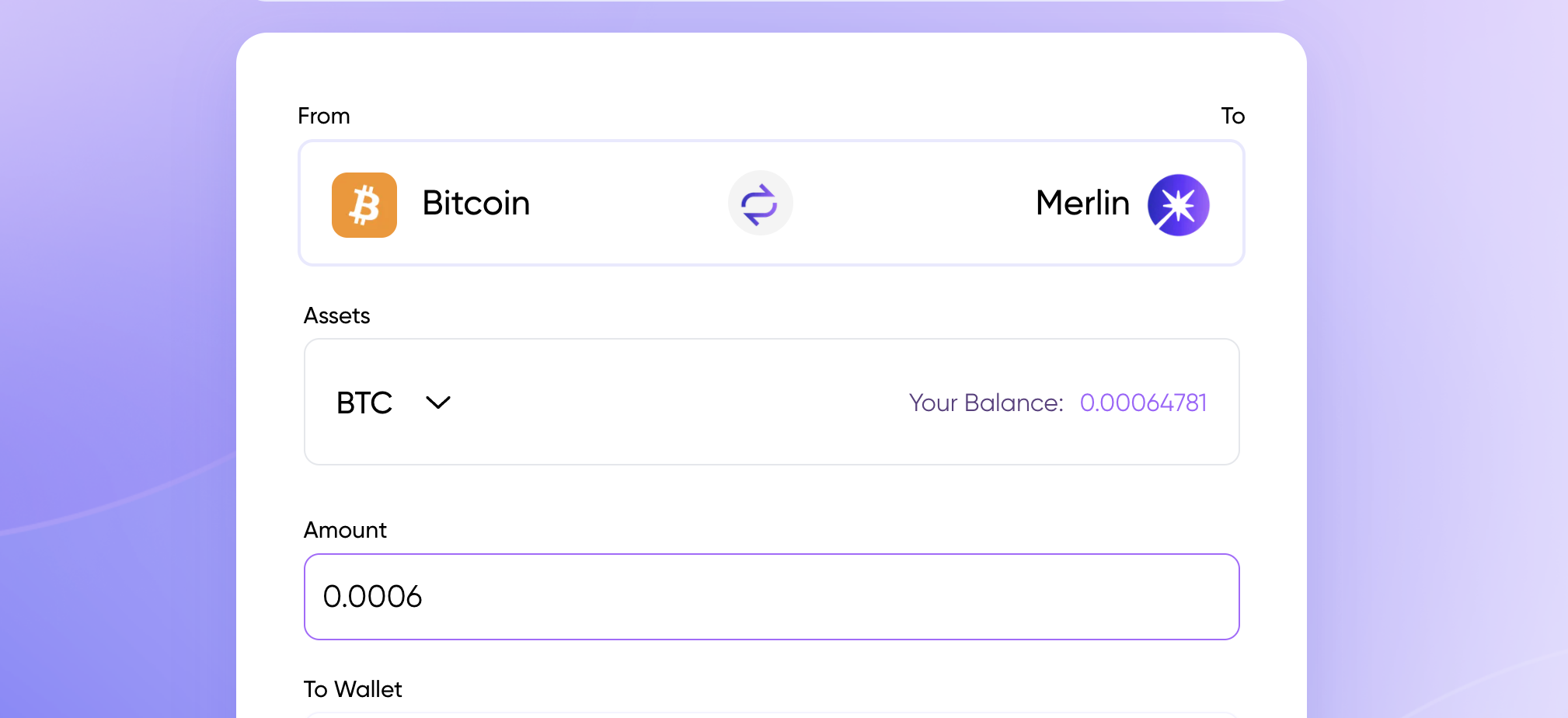
BEVM
Led by Waterdrop Capital and airdropped by the project side, BEVM aims to build a decentralized BTC Layer 2, using BTC as gas and compatible with EVM, so that various applications in the EVM ecosystem can be seamlessly and easily deployed on BEVM to increase the use and consumption scenarios of Bitcoin. In order to better maintain the security of the Bitcoin network, BEVM will launch BEVM-Stack in the future, which will help high-throughput developers and Bitcoin projects build their own BTC Layer 2. Different from the previous two projects, BEVM uses Taproot multisim for threshold signatures to improve the fault tolerance of BTC cross-chain transactions.
It is now officially openOdyssey activities

The activity has opened the following points for earning points: 1. Go to the EVM wallet to cross BTC through the official cross-chain bridge; 2. Cross a certain amount of BTC through a third-party cross-chain bridge; 3. Do basic tasks in Galaxy; 4. NFT platform trading activities.
Different from the previous two layer-2 networks, BEVM activities require us to consume real money and a certain amount of Gas, and may also face cross-chain risks, which require participants to consider themselves.
summary
With the official approval of the Bitcoin spot ETF, many investment institutions have announced investments to support the development of the Bitcoin ecosystem. The next bull market may be triggered by the Bitcoin ecosystem. Compared with Layer 2 projects in the Ethereum ecosystem, BTC layer 2 is still in a value depression. The several projects mentioned in this article that are expected to issue coins can be focused on ambush, and there is a high probability that they will be blessed in the future.